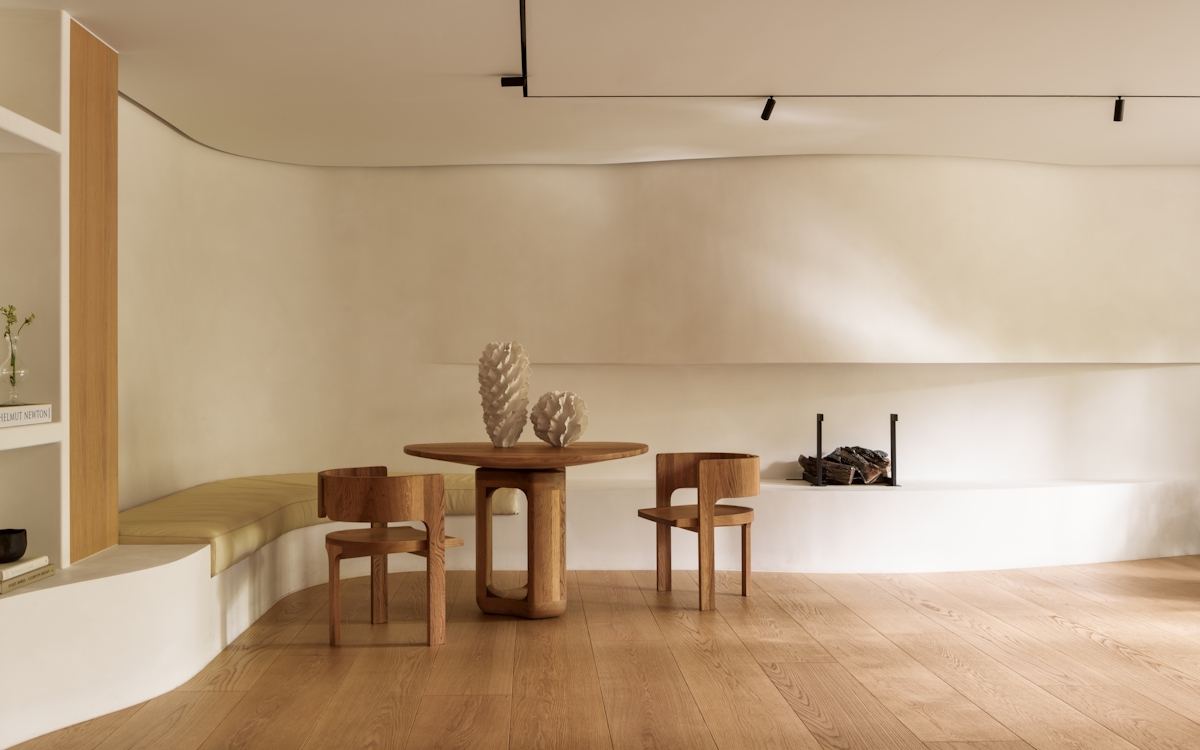Architect and interior designer Blainey North might not be a new face on the London scene but her name is more than known in her native Australia. With her international studio in the capital, the award-winning designer’s style has become a synonym for thoughtful design this side of the equator as well.
Showcasing the designer’s various collections, the studio is located above the flagship Alice Temperley Bruton Street store (Alice is a close friend and past collaborator) where pieces from Blainey’s original furniture collection can also be found.
The arrangement features updated classics (the Olivier smoking chair) paired with unique designs (a glass coffee table embedded with glossy piston-like rods) which aim to further the furniture industry. Luxurious finishes is her calling card but unique materials and uses are employed here too – interesting pony hair lamp shades are just one example.
We caught up with the LuxDeco 100 designer – who is as fun as she is talented – in the stunning new space for some design chat and laughter.












